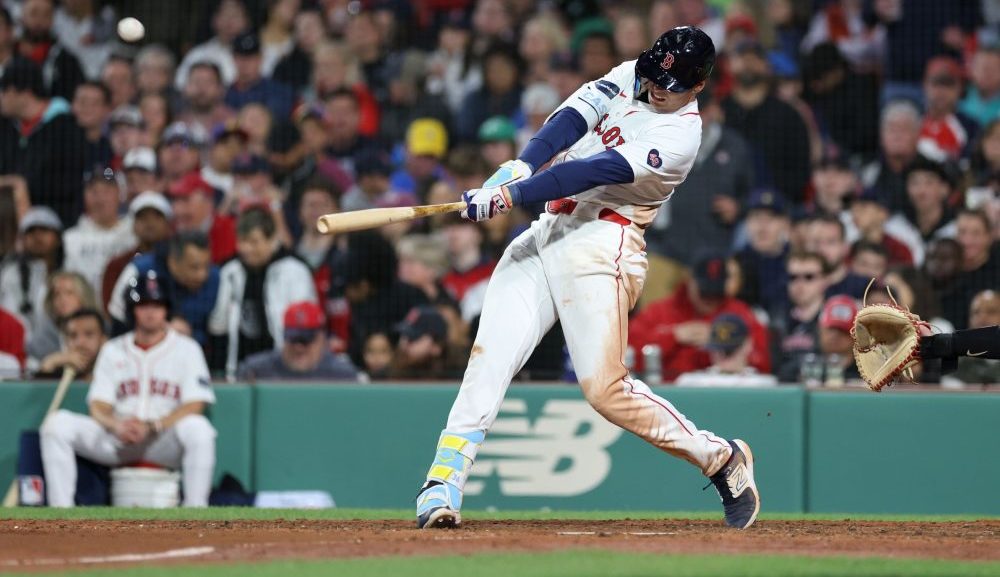Loyola-Chicago’s run to the Final Four has been the story of March. And while they’ve broken plenty of brackets (except my mom’s), they’ve also done something that isn’t often talked about: Set their fellow conference members up financially for the foreseeable future.
The Missouri Valley Conference has 10 members (trying to name all of them without looking them up is a fun game I just tried; if you do better then eight, you’ve beaten me) and all of them will benefit from Loyola’s run. And not just intangibly, thanks to a higher conference profile, but tangibly as well, thanks to the NCAA payout involved as an effective bonus for Tournament success. It’s not insignificant, either; it’s more than the schools will earn annually from the conference’s deal with ESPN.
Via Bloomberg’s Eben Novy-Williams:
The Loyola Ramblers’ March Madness success has earned $8.5 million for their 10-team Missouri Valley Conference, to be paid out by the NCAA over the next six years. That amounts to roughly $140,000 per school, per year — more than any of the universities make annually from the conference’s media deal with ESPN.
The financial boost comes at a time when state budgets across the country are shrinking funding for many public schools, and athletic programs at private schools face stiff competition for dollars from academics. That makes tournament money critical in filling the gaps for these teams.
As you might expect, that’s a much bigger deal for conferences like the Valley:
The NCAA has a complex way of rewarding teams for their tournament success. In simple terms, for every tournament game a school plays, not including the championship, the NCAA rewards that team’s conference with about $1.7 million, paid out over six years. Regardless of how well the Ramblers perform in the Final Four this weekend, they’ll have clinched about $8.5 million for their conference.
That’s a drop in the bucket for bigger leagues like the Atlantic Coast Conference, which make $375 million in annual revenue fueled primarily by college football. But for the Missouri Valley, which doesn’t offer top-tier football, it’s a windfall. About 65 percent of the conference’s revenue comes from successes in the NCAA tournament, so winning runs like Loyola’s go a long way toward establishing a steady future for the whole league.
The rolling payout structure is also interesting, spreading out the payments and allowing for year-upon-year building, should a team make another run. The Valley is still earning money from former member Wichita State’s various runs as well.
The Missouri Valley pulls in about $11 million in annual revenue, comprised mainly of March Madness payouts, with other money coming from its conference tournaments, a television deal with ESPN and a multimedia rights deal with sports marketer Learfield. Thanks largely to Wichita State’s past successes, the conference will distribute a record $6.4 million in NCAA tournament monies for 2018. Next year’s total, the first to include Loyola-Chicago’s winnings, will be even higher.
Conferences can choose how to divvy up the money they make from NCAA tournament success. The Missouri Valley chooses to reimburse its tournament representative’s travel costs, then divide the money evenly, meaning Loyola will see roughly the same amount as Missouri State or Southern Illinois.
But it also means that a dry spell can have a big impact once the money runs out. And that’s where the intangible elements of Loyola’s success might come into play.
If this run further legitimizes the MVC as a quality basketball league (a perception that should have solidified long ago, but definitely after Wichita State so clearly translated its success into March), it might lead to stronger seedings for the champion, or even years with multiple bids. And since the payouts come based on wins, they could use all the help they can get.
This also calls into question the fairness of such a system. When the money would go a much longer way at smaller conferences, why shouldn’t they get more of a share? Smaller conferences are already at major disadvantages across the NCAA landscape; it seems like this money could be used differently to help even that out. Especially since “Oh no, think of the smaller schools!” is the argument whenever anyone brings up paying the players, or even letting them transfer without restriction.
(It’s almost like there’s rampant hypocrisy baked into the NCAA’s entire business model! Who would have guessed?)
Loyola’s run has been the best part about the NCAA Tournament by a mile, and hopefully it continues past Saturday’s game against Michigan. But for the Missouri Valley, the benefits are going to continue for a few more years, whether they win or not.







